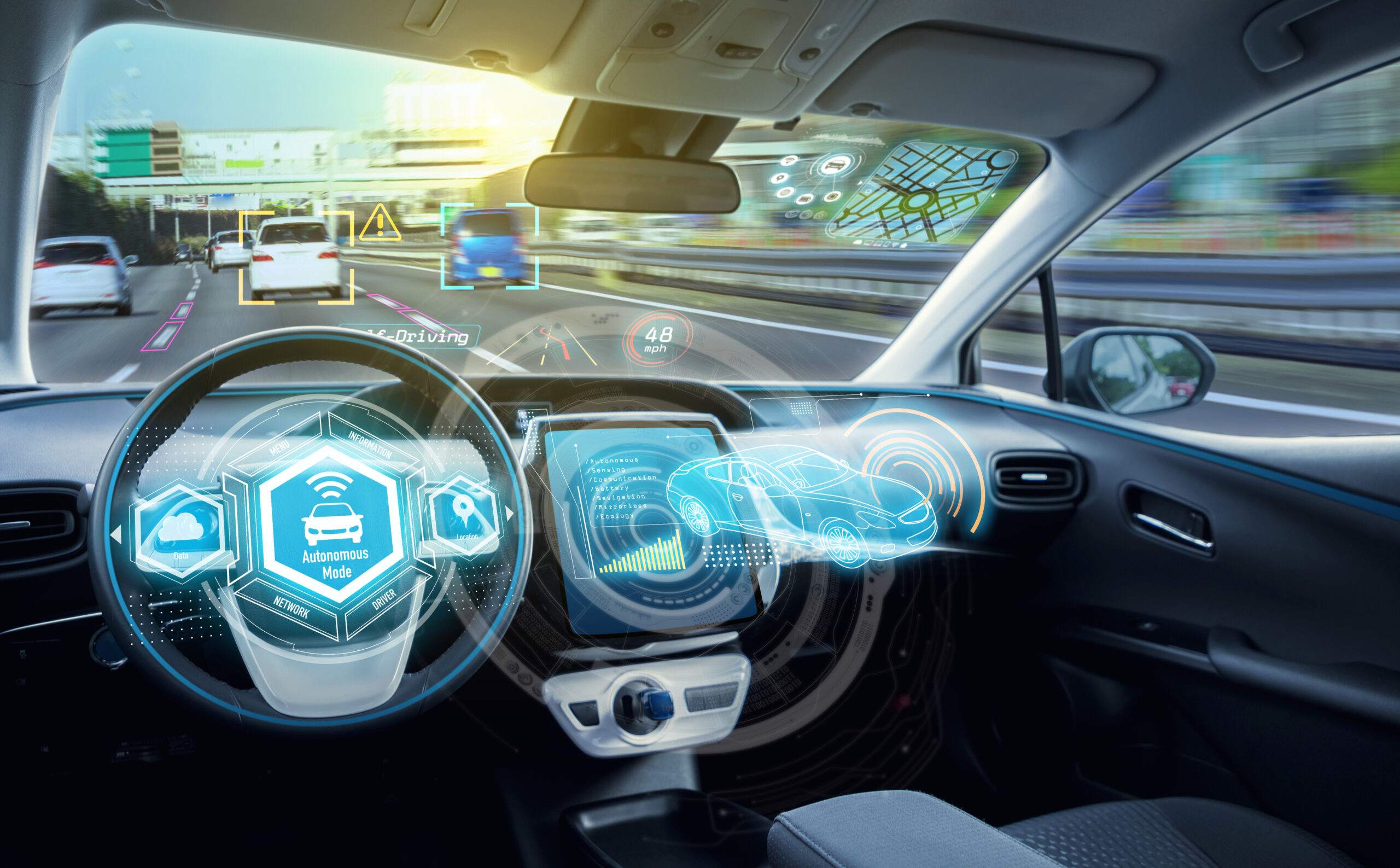Introduction
The concept of autonomous vehicles, once confined to the realms of science fiction, is rapidly transforming into a reality that will shape the future of transportation. Autonomous vehicles, also known as self-driving cars or driverless vehicles, are vehicles equipped with advanced sensors, artificial intelligence, and cutting-edge software that enable them to navigate and operate without human intervention. This groundbreaking technology is poised to revolutionize various industries, from transportation and logistics to urban planning and public safety. In this article, we will explore the development, challenges, benefits, and potential impacts of autonomous vehicles, as well as the societal implications they bring.
The Evolution of Autonomous Vehicles
The idea of autonomous vehicles dates back to the early 20th century when inventors and futurists envisioned a world where machines could transport people without human assistance. However, it wasn’t until the 1980s and 1990s that substantial progress was made. Major advancements in sensor technology, artificial intelligence (AI), and computational power laid the foundation for modern autonomous vehicles.
In 2005, the Defense Advanced Research Projects Agency (DARPA) organized the DARPA Grand Challenge, a competition that encouraged research teams to develop autonomous vehicles capable of navigating a 132-mile desert course. Although no vehicle completed the challenge in its inaugural year, subsequent editions saw remarkable improvements, leading to the eventual development of fully autonomous vehicles.
The Current State of Autonomous Vehicles
As of the early 2020s, autonomous vehicle technology had made significant strides, with major companies like Tesla, Waymo, Uber, and traditional automakers investing heavily in research and development. Tesla’s Autopilot and Waymo’s self-driving cars have become synonymous with autonomous vehicle technology.
Various levels of autonomy categorize autonomous vehicles, ranging from Level 1, where the vehicle offers some driver assistance, to Level 5, where the car can operate entirely without human intervention. Most current commercially available autonomous vehicles operate at Level 2 or Level 3, where they can handle certain driving tasks but require human supervision.
The Benefits of Autonomous Vehicles
a. Improved Safety: One of the most significant advantages of autonomous vehicles is their potential to drastically reduce traffic accidents caused by human error. Over 90% of road accidents are attributed to human mistakes, and self-driving cars, equipped with advanced sensors and AI algorithms, have the potential to minimize these risks.
b. Increased Efficiency: Autonomous vehicles are expected to improve traffic flow and reduce congestion. With advanced coordination capabilities, self-driving cars can optimize routes and make real-time adjustments based on traffic conditions, leading to smoother traffic patterns.
c. Accessibility: Autonomous vehicles have the potential to increase mobility for the elderly, disabled, and those unable to drive. By offering a reliable and convenient means of transportation, self-driving cars could enhance the overall quality of life for various segments of the population.
d. Environmental Benefits: Self-driving cars can be programmed to drive more efficiently, reducing fuel consumption and emissions. In conjunction with the electrification of vehicles, autonomous technology can play a crucial role in combating climate change and promoting sustainable transportation.
Challenges and Concerns
a. Safety and Liability: Despite the promises of enhanced safety, autonomous vehicles still face technical challenges, particularly in complex urban environments or adverse weather conditions. Determining liability in the event of an accident involving an autonomous vehicle also poses legal and ethical challenges.
b. Cybersecurity and Privacy: The increasing reliance on AI and data connectivity opens autonomous vehicles to potential cybersecurity threats. Hacking or tampering with autonomous systems could lead to severe consequences, raising concerns about data privacy and passenger safety.
c. Infrastructure Readiness: The successful integration of autonomous vehicles into existing transportation systems requires extensive infrastructure upgrades. Cities and regions must adapt to support autonomous technology, including the implementation of smart traffic signals and 5G connectivity.
d. Job Displacement: As autonomous vehicles become more prevalent, concerns arise about job displacement in the transportation sector. This technology could potentially replace millions of driving-related jobs, necessitating workforce retraining and support.
Autonomous Vehicles and Society
a. Urban Planning: The widespread adoption of autonomous vehicles will have a profound impact on urban planning and city design. Reduced need for parking spaces, changes in commuting patterns, and potential shifts in land use are some of the aspects that urban planners must consider.
b. Public Transportation: Autonomous vehicles may complement or compete with existing public transportation systems. Ride-sharing services with autonomous fleets could offer an affordable alternative to traditional public transit, but they could also pose challenges for existing transit agencies.
c. Ethics and Decision-Making: Autonomous vehicles need to be programmed to make decisions in potentially life-threatening situations. The ”trolley problem,” a moral dilemma in which a self-driving car must choose between different harmful outcomes, raises ethical debates that require careful consideration.
d. Impact on Industries: The advent of autonomous vehicles will disrupt various industries, including automotive manufacturing, insurance, logistics, and delivery services. Companies must adapt and innovate to remain competitive in the changing landscape.
Conclusion
Autonomous vehicles represent a transformative technological breakthrough that will shape transportation, economy, and society in the years to come. While significant progress has been made, there are still challenges to overcome before self-driving cars become a ubiquitous part of our lives. With thoughtful regulation, continued research and development, and collaboration between industry stakeholders and policymakers, the vision of a future with safe, efficient, and accessible autonomous vehicles can be realized, unlocking immense potential for the betterment of our world.



